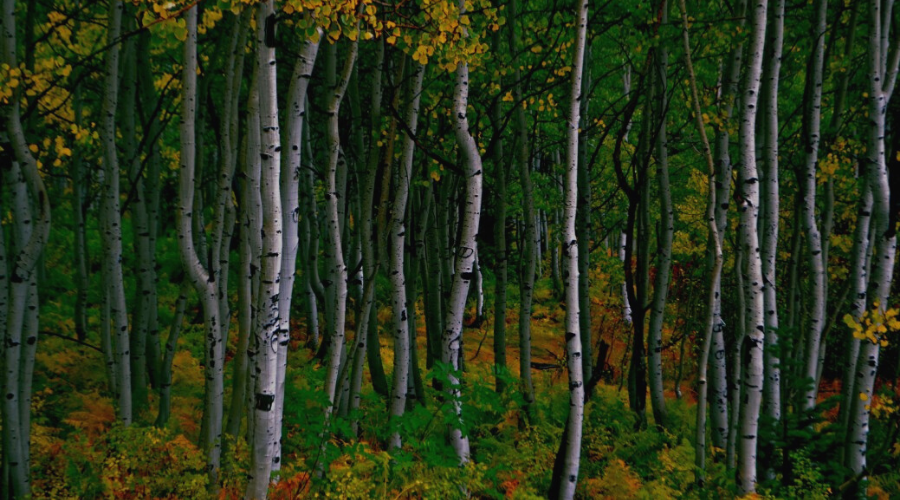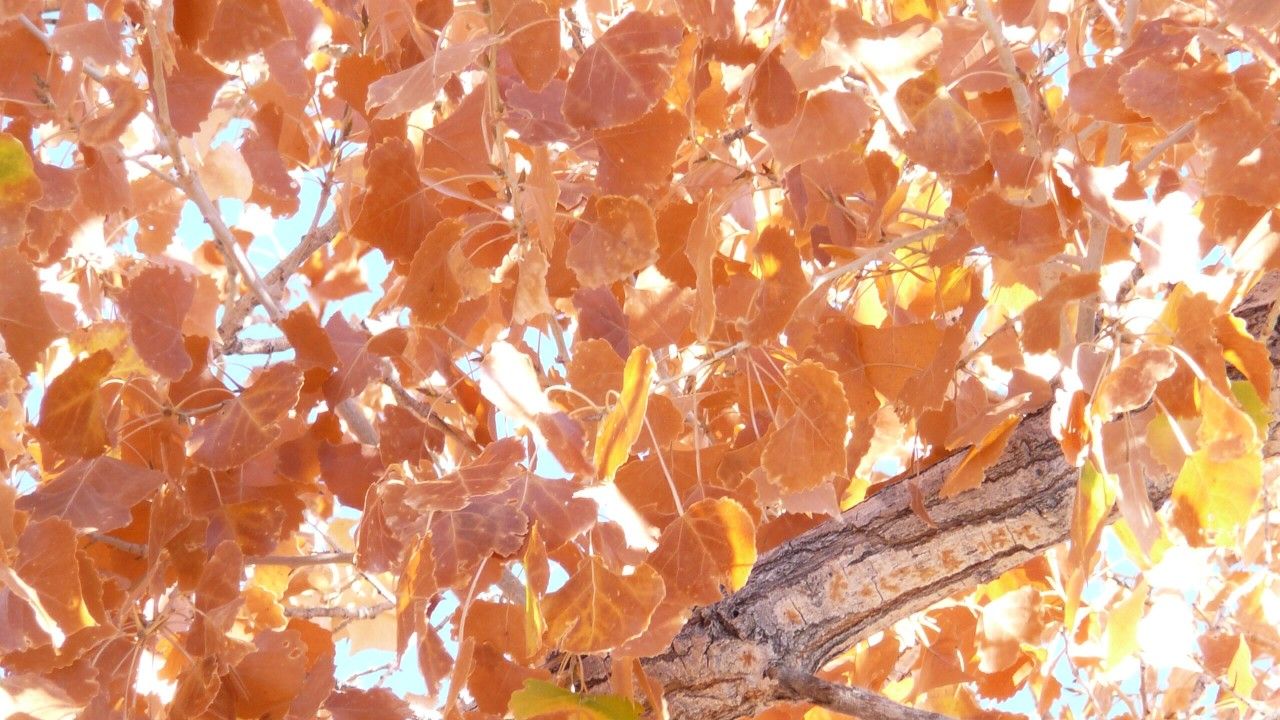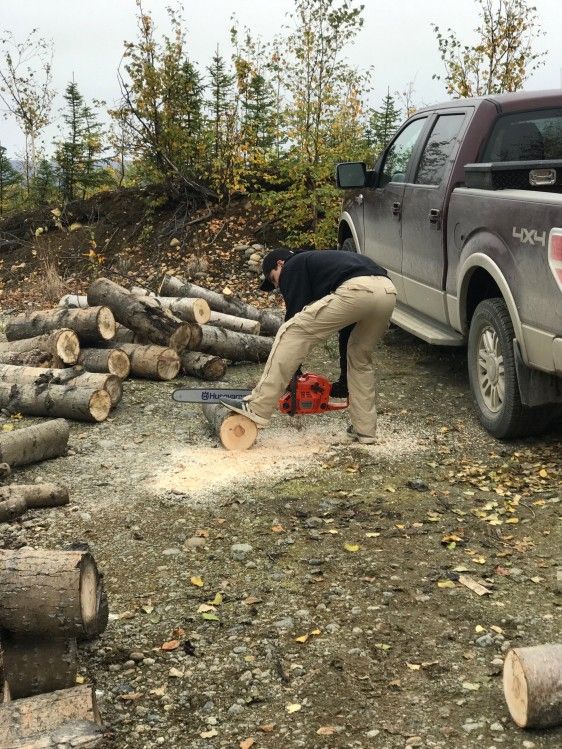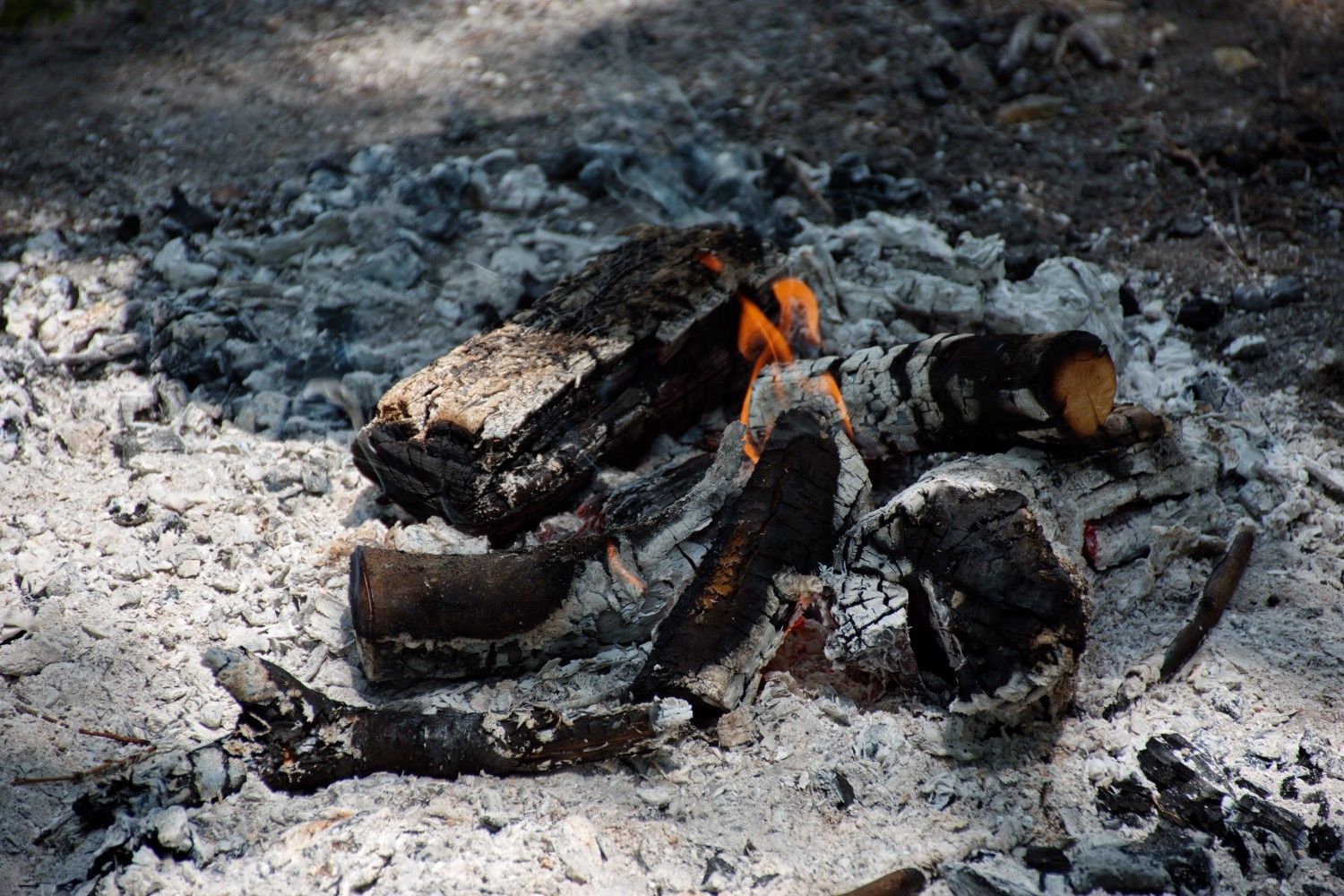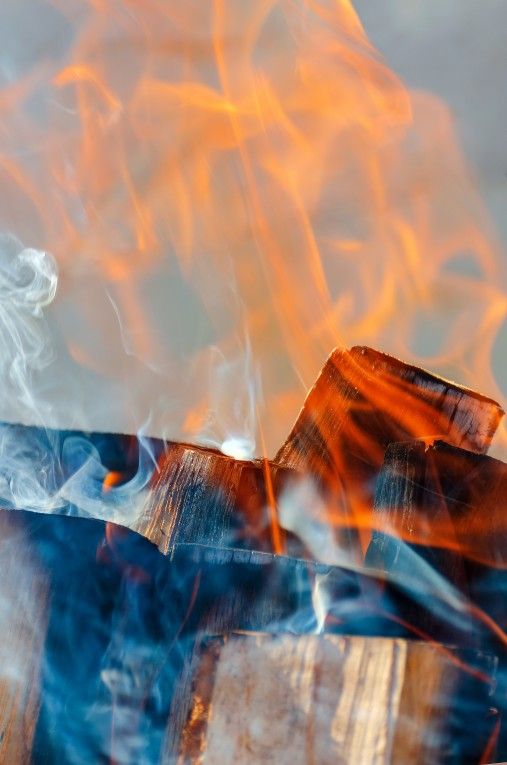Cottonwood is a high-ash softwood that puts out a low level of BTUs compared to other, more popular firewood options. For these reasons it's far less common than other firewood varieties, but it does have its charms and can certainly create heat if its the source of wood you have on hand. Here, we've rounded up everything you need to know about cottonwood for heating and cooking, including details like drying time, BTU output, smoke and creosote concerns, and sustainable harvesting.
Cottonwood Firewood Details
Firewood name: Cottonwood
BTU: 15.8 million BTU per cord
Weight: 4640 pounds green/ 2272 pounds dry
Seasoning Time: 6-12 months
Resin / Sap Content: 62 percent
Splitting Difficulty: Easy
Smoke: Medium
Smell: Slight
Varieties of Cottonwood
There are several sub-species of cottonwood. We have included details for the most popular varieties of cottonwood firewood below.
Black Cottonwood
BTU: 15.8 million BTU per cord
Weight: 640 pounds green/ 2272 pounds dry
Seasoning Time: 12 months
Resin / Sap Content: 62 percent
Splitting Difficulty: Easy
Smoke: Medium
Smell: Slight
Eastern Cottonwood
BTU: 16.8 million BTU
Weight: 3475 pounds green/ 2160 pounds dry
Seasoning Time: 6 months
Resin / Sap Content: 60 percent
Splitting Difficulty: Easy
Smoke: Medium
Smell: Slight
Cottonwood Firewood Burn Characteristics
BTU of Seasoned Cottonwood
Cottonwood is low BTU producing hardwood. This means it doesn’t burn as hot as other popular firewood like oak or almond. A cord of cottonwood will provide about 16 million BTU, which is 50% less heat than a cord of oak firewood.
It’s less than many softwoods as well, which typically produce around 20 million BTU per cord. You’ll likely need about 6 cords of cottonwood to heat your home for one season. However, since cottonwoods can be enormous trees, you’ll need to harvest far fewer trees to generate the same amount firewood.
Cottonwood is less dense than other hardwoods. This results in firewood that burns quickly but leaves a lot of ash. However, it can create a decent bed of coals, so your fire won’t burn out as quickly as a softwood fire.
Seasoning Time for Cottonwood Firewood
Cottonwoods can have a lot of moisture when they are first harvested. The results in heavy rounds of wood that are difficult to split. Letting green rounds of cottonwood season for six months before splitting can make the process easier.
After the rounds have dried out a bit, they are much easier to split. Then, let the split firewood season for an additional six months. This will result in properly seasoned cottonwood.
Compared to other hardwoods, cottonwood has a short seasoning time. Unless you leave the greenwood in large rounds, it shouldn’t need seasoning beyond one year. Oak firewood can take over two years to season completely.
Seasoning your firewood from cottonwood trees is very important. Since it’s a low BTU firewood, any extra moisture will dramatically reduce the amount of heat produced by the fire.
Moisture content between 15-20-percent is ideal for burning most firewood, including cottonwood. The lower the moisture content in your firewood, the faster and hotter it will burn.
Resin / Sap Content
Cottonwood trees are known for their annoying sap that oozes from the leaf buds. However, this sap isn’t a problem when harvesting the tree for firewood. Simply avoid working with the branches of the tree where the sap is concentrated. If you find yourself in a messy situation because of cottonwood sap, you can use WD-40, mayonnaise, or baking soda to make it easier to remove.
If you are purchasing cottonwood for your firewood, make sure you are getting wood from the trunk of the tree to avoid sap. Firewood with a sizable amount of trapped sap can be very difficult to burn. Additionally, burning sap can create a strong and unpleasant odor.
Smoke
Cottonwood is considered a clean-burning wood that produces a light smoke. Cottonwood fires that put out a lot of smoke are a sign of still-green firewood. When seasoned, cottonwood produces a moderate amount of smoke, but not much more than oak.
Cottonwood fires can create moderate creosote deposits. This is because they burn at a lower temperature than hardwood fires. Lower temperatures in your fireplace or woodstove cause more organic compounds to remain unburned. These compounds travel up your chimney as smoke. As the temperature drops, they condense to form creosote. If you mix cottonwood with a hotter burning hardwood, you can reduce creosote deposits.
Smell
For some individuals, cottonwood fires have an unpleasant smell. This is most likely due to improperly seasoned wood. Green cottonwood logs can have a noticeable smell even before burning. When burned, green cottonwood produces a large amount of smoke that may smell like cat urine. Avoid burning the bark as this can contribute to the unpleasant odor.
Seasoned cottonwood should have a slight fragrance reminiscent of sage or none at all. Prior to burning cottonwood, check your firewood for moisture content. Do not burn any logs with a moisture level greater than 20-percent. This will help you avoid an unpleasant smelling fire while reducing smoke and creosote.
What should I do with wood ash?
Cottonwood creates a lot of ash when burned. You can put this ash to good use in a variety of ways. Cottonwood ash makes a great garden fertilizer that provides trace minerals for plant health. Use about 5 gallons of wood ash per 1000 square feet of garden. Be careful not to use too much ash since it can raise the pH of the soil and harm acid-loving crops.
Wood ash is a great natural ice melt. Spread it over your driveway and sidewalk to prevent or melt ice during the winter. You can use the ash by itself or mix it with salt to increase the total melting power.
Another great use for ash is to clean silver. Simply mix the ash with a bit of water and scrub away at your tarnished silver. You’ll be surprised how quickly the silver returns to pristine condition. If you have severely tarnished silver, mix the ash with a bit of lemon water. The increased acidity will make it easier.
What’s the difference between a full cord and a face cord?
The most common way to measure firewood is by the cord. A full cord is 128 cubic feet of wood in a stack that measures 8 feet by 4 feet by 4 feet. A log in a cord of wood is cut to 16 inches in length. This means a full cord of wood will have three rows of logs. A face cord is just a single row of logs that are stacked 4 feet high and 8 feet long. The logs in a face cord have no standard length. Therefore, the depth of a face cord will vary based on the lumberyard’s standard for cutting log lengths.
Can I tell if the wood is seasoned properly without tools?
There are a few ways to check your cottonwood for seasoning without whipping out your moisture meter. The easiest way is to just give it sniff. Most individuals find that green cottonwood has an unpleasant odor. If the logs don’t have a smell, or smell like sage, that’s a good sign they might be seasoned.
Another trick to check for seasoning is to bang two logs of firewood together. Greenwood makes a dull sound while seasoned wood makes a clear ringing sound. You can also inspect the ends of the wood for cracks and color changes. As the wood dries, it will become gray and have more cracks or splits.
Looking for somewhere to store your firewood this winter? Check out this helpful firewood racks guide.

